After taking an extended break to spend time with my children, I’m back to writing. Slowly, my thoughts are coming together as I ponder what topics I will explore. In the meantime, I’ll share some of the amazing things that I saw at London’s British Museum.
If you enjoy history, this museum cannot be missed. With only a few hours to spare, Ira and I concentrated our attention on a few select areas. Ancient civilizations were high on our list.
One of the most popular spots at the British Museum is the Rosetta Stone (196 BCE) exhibit. Centuries after hieroglyphs became a dead language, scholars deciphered the ancient language using this document.
As we wandered from one massive room to the next, we saw stunning artifacts. In our haste to cover as much territory as possible, I did not record all of the background information. Please do not hesitate to contact me if you can identify the next two unlabeled pictures.
Nebamun (1400-1300 BCE)- These wall painting came from a tomb chapel of a wealthy Egyptian named Nebamum.
Age of Ramsesses, 19th-20th Dynasties (1295-1069 BCE)
Ashurbanipal, King of Assyria (668-627 BCE) He lived in the North Palace, on the citadel at Nineveh. The remnants from this era include over sized lion hunting scenes that were used to decorate the hallways of the palace.
I couldn’t resist sharing these cat mummies.
Egyptian coffins were designed to provide protection and magical assistance for the afterlife. The styles changed from one period to the next. During the early period, the coffins symbolized the role of a house. Later on, the structure resembled the walls of the burial chamber. During the next stage, the coffins were designed as a shrine to a deity. During the New Kingdom, the shape became anthropoid or mummy shaped.
Cartonnage masks and plaster faces were popular during the Roman Period (30 BCE-395 CE) These coverings were images of the deceased that were placed over the head of the mummy. This woman’s mask is made from painted plaster
Can anyone identify this last picture?
If you’re looking for information or pictures to supplement a unit on ancient cultures, check out the British Museum website. You’ll be pleasantly surprised.
Related Blogs
Herculaneum: Catch a Glimpse of Roman Antiquity
Bet She’arim- Import Necropolis from Talmud Era
Old City of Akko- A City Beneath a City
Never Say Never- A Visit to Cairo, Egypt
Bio
Sandra Bornstein is the author of MAY THIS BE THE BEST YEAR OF YOUR LIFE. It is available on Amazon.
Sandra’s memoir highlights her living and teaching adventure in Bangalore, India. She is a licensed Colorado teacher who has taught K-12 students in the United States and abroad as well as college level courses. Sandra is married and has four adult sons.
The memoir was a finalist in the Travel category for the 2013 Next Generation Indie Book Awards, the 2013 International Book Awards, the 2013 National Indie Book Excellence Awards, 2013 USA Best Book Awards, and a Honorable Mention award in the Multicultural Non-Fiction category for the 2013 Global ebook Awards.
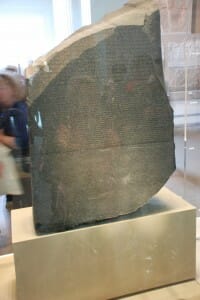
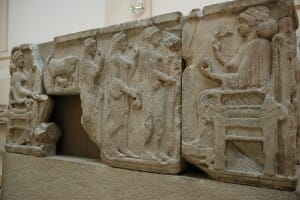
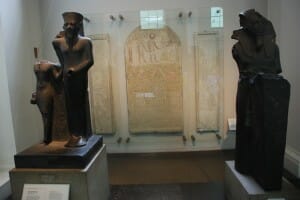
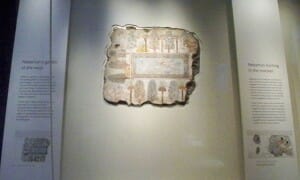
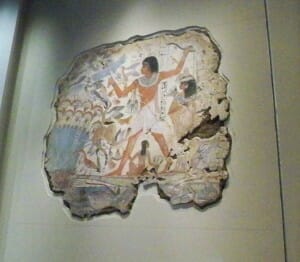
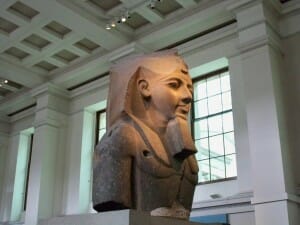
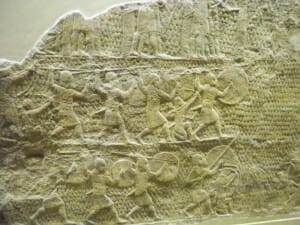
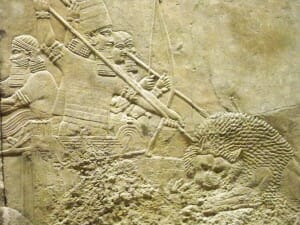
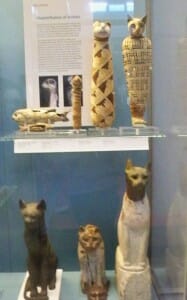
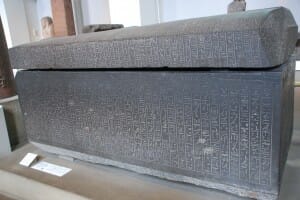
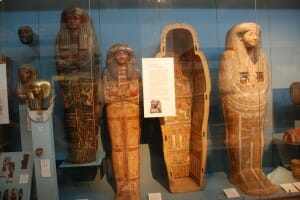
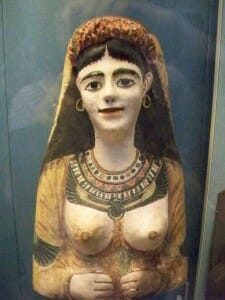
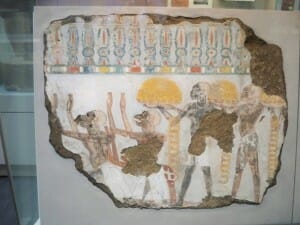
Leave a Reply
You must be logged in to post a comment.